Attention F-, M-, and J-visa holders! Will you be unlawfully present starting August 9th, 2018?
7 CommentsUpdate: On August 9, 2018, USCIS updated their previous policy memorandum.
Under the revised policy memorandum, F- and M- nonimmigrant visa holders who “fall out of status” while their applications are pending but timely applied for reinstatement of status will have their “accrual of unlawful presence suspended while their application is pending.”
On May 11, 2018 United States Citizenship and Immigration Services (USCIS) released a policy memorandum on “…Accrued Unlawful Presence by Non-immigrant Students and Exchange visitors”, which will specifically apply to current F-, M-, and J-visa holders (and their dependents). The policy is important to existing visa holders who may have violated their visa status or who do not plan ahead to renew their visas to avoid a “gap”. The policy will come into effect on August 9, 2018.
What does “unlawful presence” mean and what is its significance?
USCIS defines “unlawful presence” as presence in the United States without being admitted or paroled, e.g. crossing the border illegally or as any time after the expiration of lawful presence as authorized by the Department of Homeland Security (DHS).
So what is wrong with unlawful presence? Besides the fact that anyone who accrues “unlawful presence” is breaking the law, if a person accrues enough unlawful presence, they become inadmissible according to Section 212(a)(9)(B) and 212(a)(9)(C)(i) of the Act. Depending on how long one was illegally present in the U.S., one could be barred from reentering the U.S. for 3 years or 10 years after departure.
In practice, this means a student who studies in the U.S. could overstay his visa, forget to renew in time, or be delayed by his school, and begin accruing unlawful presence. If enough is accrued, then the student will not be able to renew his F-1 visa and continue his studies, or if he is finished with his studies, will not be able to obtain a non-immigrant visa to return to the U.S. for a visit. Casual tourism aside, said student might need to make a business trip in his future job position, but be banned from obtaining it, which may then affect his career.
When do I begin to accrue “unlawful presence”?
- The day after your DHS denial for immigration benefit if DHS found you in violation of your non-immigrant status;
- The day after your I-94 expired;
- The day after the decision for removal or deportation by an Immigration Judge or the Board of Immigration Appeals (BIA).
- The day after you stop your studies/work/exchange program or the day after you begin engaging in an “unauthorized activity”;
- The day after you complete your studies or exchange program, including any practical training or grace period, or the day after you begin engaging in an “unauthorized activity”;
- The day after your I-94 expires;
- The day after the decision for removal or deportation by an Immigration Judge or the Board of Immigration Appeals (BIA).
What if I leave after accruing “some” unlawful presence?
The policy status that you would still accrue unlawful presence, and if you return to the U.S., violate your non-immigrant visa again, the unlawful presence will be consolidated from your previous stay. In addition, if you re-enter illegally, without being admitted or paroled, the unlawful presence will also be consolidated with any previous unlawful presence.
What if I am only unlawfully present for a few days?
It is difficult to say what would happen.
The policy states that if you are unlawfully present for 180 days or more, whether consecutively or after multiple re-entries, you could be subjected to a 3- or 10-year ban.
It also reminds that recipients of 10-year-bars tend to not be given any non-immigrant visas, admission, or adjustment of status, even after the ten year period has passed unless they are eligible for a waiver.




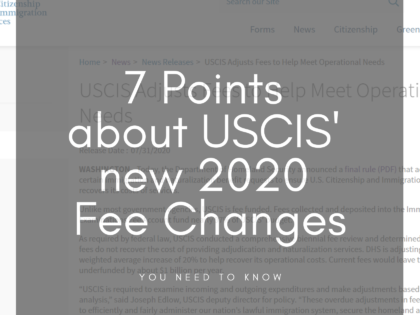
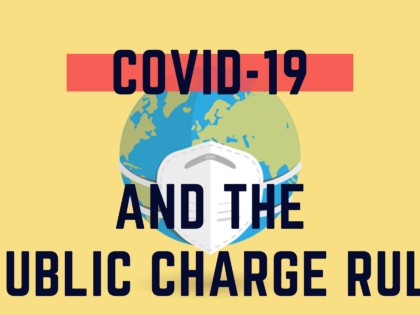
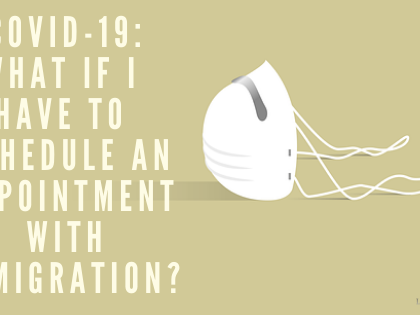
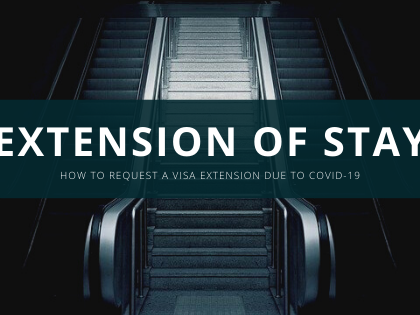
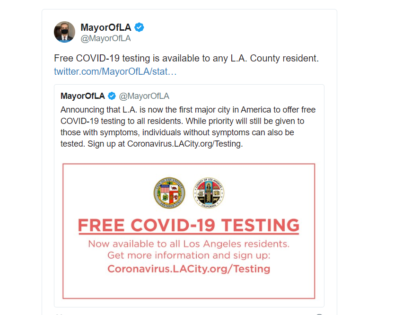
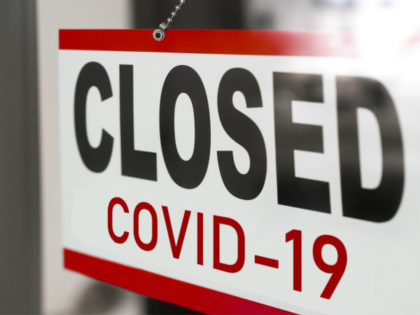
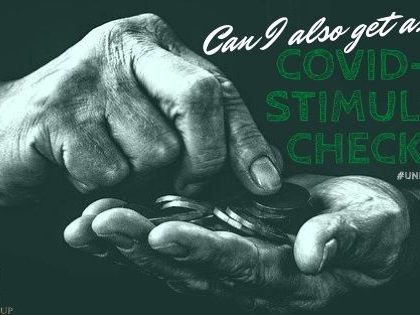

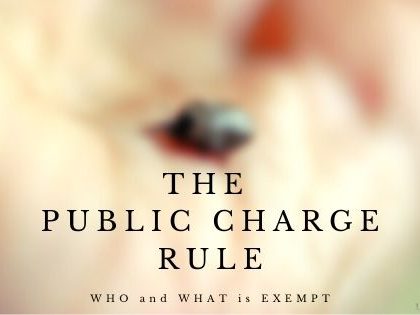







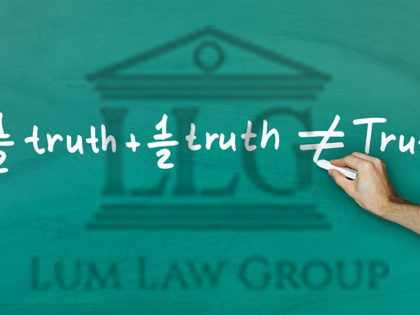


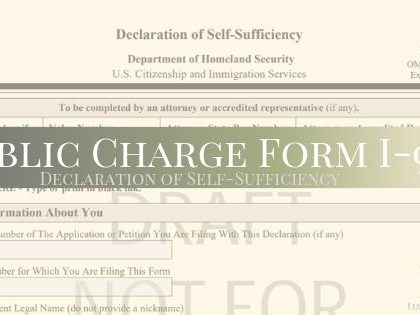

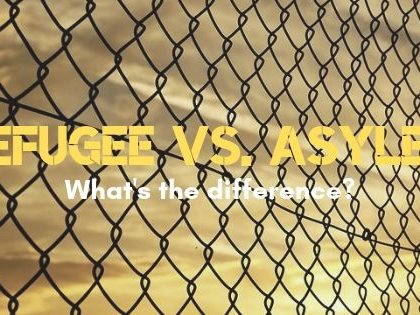


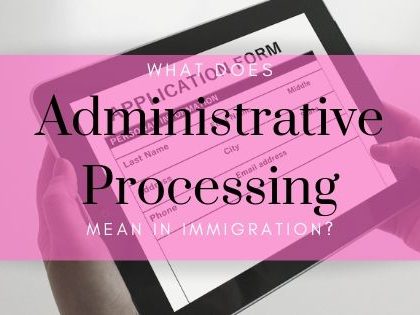


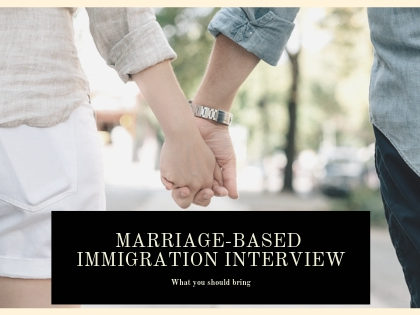
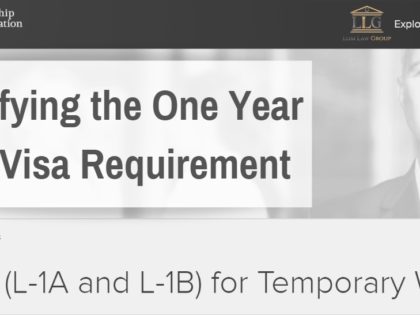
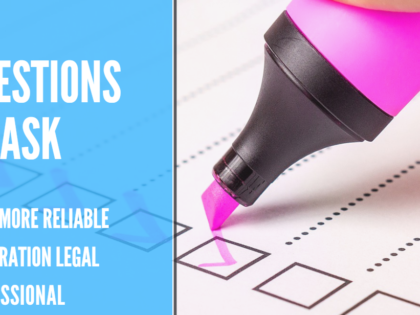

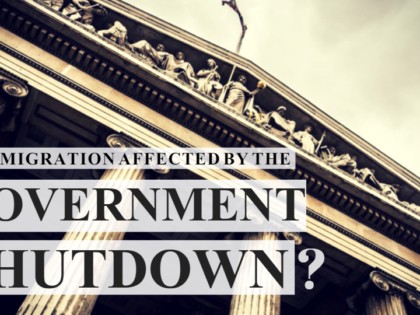

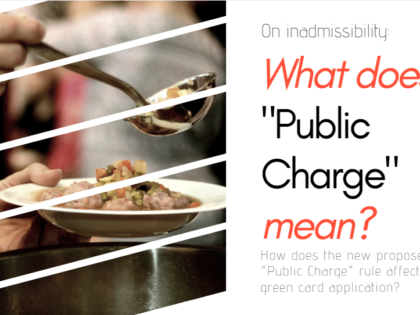


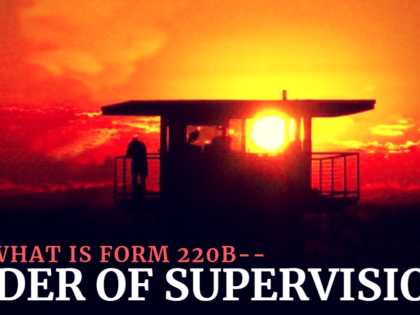
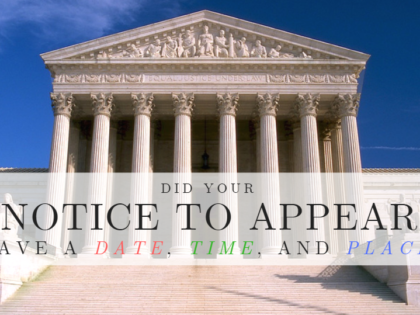



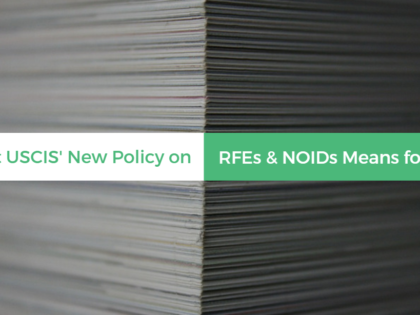
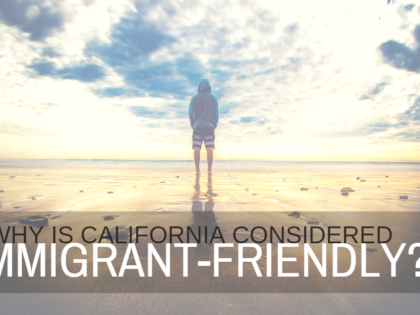
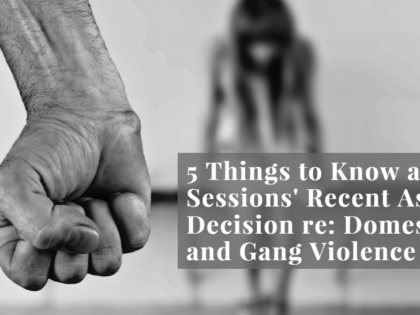

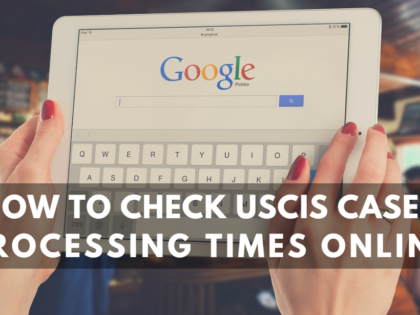
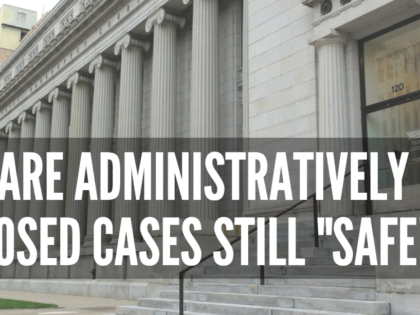
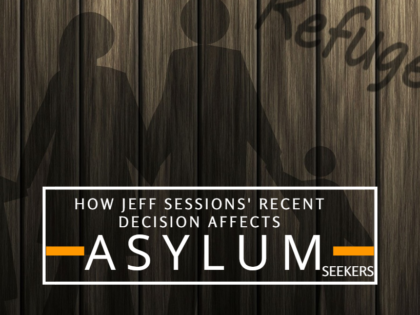


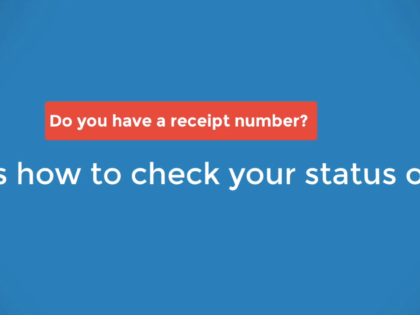


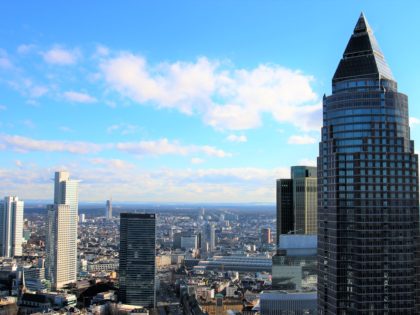
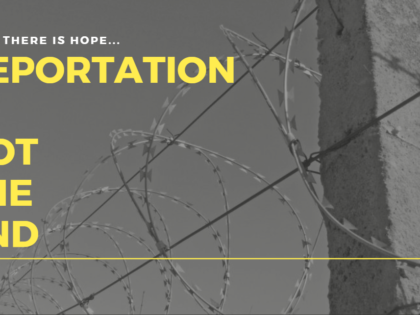
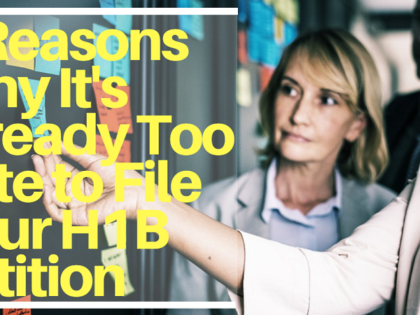



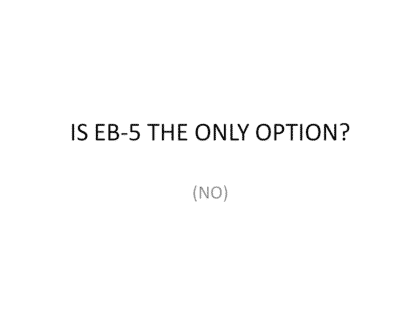
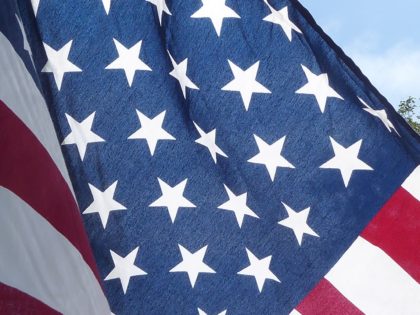
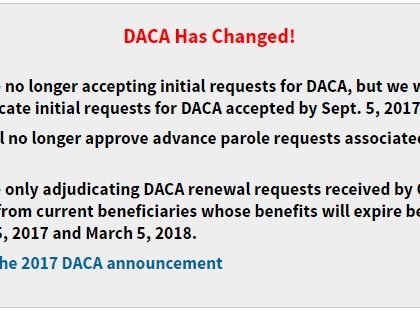

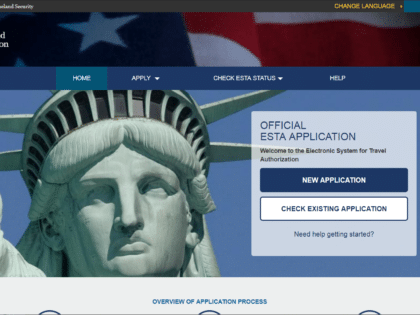








Affilorama
Very nice article. I certainly appreciate this
site. Stick with it!
Jessica Suotmaa
Thank you!
John
Does this apply to an F-1 student who married a us citizen and is in the process of applying for a green card? Does the student have to maintain the F-1 visa status or no longer relevant in this case?
Jessica Suotmaa
Thank you for your comment! For your situation, the law is one thing, while our recommendation is another. Please contact our office (626-795-8886) so our attorneys can better understand your individual situation before offering our recommendation.
The Red Tea Detox
Do you mind if I quote a couple of your articles
as long as I provide credit and sources back to your site? My
website is in the very same niche as yours and my users
would genuinely benefit from some of the information you
provide here. Please let me know if this okay with you.
Appreciate it!
Jessica Suotmaa
Hi! Thanks for commenting.
You can definitely quote from us as long as it’s within context and is relevant. A link or ping back would be greatly appreciated!
doktor
thank you all brother.